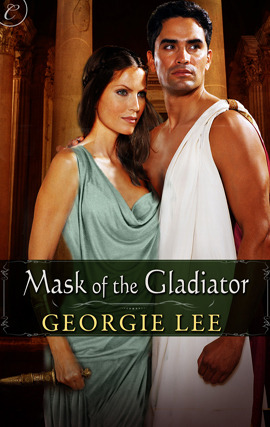 Choosing between accuracy and entertainment wasn’t created
by the invention of the motion picture camera. Shakespeare had this problem
when he was writing his plays. He knew his audience, the Tudors, and he wasn’t
against twisting history to make their ancestors look good. His desire to
entertain often overcame whatever desire he may have had for historical
accuracy. Poor Richard III’s reputation suffered for it, and will probably
never recover, no matter what archeologists find under that parking lot in Leicester
(read more about that here).
Choosing between accuracy and entertainment wasn’t created
by the invention of the motion picture camera. Shakespeare had this problem
when he was writing his plays. He knew his audience, the Tudors, and he wasn’t
against twisting history to make their ancestors look good. His desire to
entertain often overcame whatever desire he may have had for historical
accuracy. Poor Richard III’s reputation suffered for it, and will probably
never recover, no matter what archeologists find under that parking lot in Leicester
(read more about that here). Sometimes these tropes can work in a writer’s favor by
allowing us to establish a setting with just a few words. For example, if I say
Colosseum, you instantly imagine a massive arena in ancient Rome. If I say Vikings
you automatically think of warriors wearing horned helmets when in reality,
there is very little evidence that they actually wore them. And there’s the
rub. As historical fiction writers, when do we write to be accurate and when do
we write to fulfill reader expectations?
Sometimes these tropes can work in a writer’s favor by
allowing us to establish a setting with just a few words. For example, if I say
Colosseum, you instantly imagine a massive arena in ancient Rome. If I say Vikings
you automatically think of warriors wearing horned helmets when in reality,
there is very little evidence that they actually wore them. And there’s the
rub. As historical fiction writers, when do we write to be accurate and when do
we write to fulfill reader expectations? I faced this challenge in an early draft of my ancient Rome
novella, Mask of the Gladiator after
my sister reminded me that the capital “C” Colosseum wasn’t built until 30
years after my story took place. This proved a bit of a conundrum. After all,
I knew readers would expect to read about gladiators fighting to the death in
an impressive arena and such a venue also added to the drama of my
opening. So, after doing some research
to back up my decision, I did a quick find and replace and set the opening in an
unnamed lowercase “c” colosseum. It was historically accurate since there were
large arenas in use by gladiators during Caligula’s reign. Also, by using the
word colosseum, I instantly created a picture in reader’s minds, even if it may
not be the exact, historically accurate one.
I faced this challenge in an early draft of my ancient Rome
novella, Mask of the Gladiator after
my sister reminded me that the capital “C” Colosseum wasn’t built until 30
years after my story took place. This proved a bit of a conundrum. After all,
I knew readers would expect to read about gladiators fighting to the death in
an impressive arena and such a venue also added to the drama of my
opening. So, after doing some research
to back up my decision, I did a quick find and replace and set the opening in an
unnamed lowercase “c” colosseum. It was historically accurate since there were
large arenas in use by gladiators during Caligula’s reign. Also, by using the
word colosseum, I instantly created a picture in reader’s minds, even if it may
not be the exact, historically accurate one.
When to be accurate and when to write to readers’ expectations
is a hard call, but in the end, I think the decision comes down to the story. As
writers, when do you make the call? As readers, how accurate do you want your
history, or do you actually expect certain tropes?

No comments:
Post a Comment